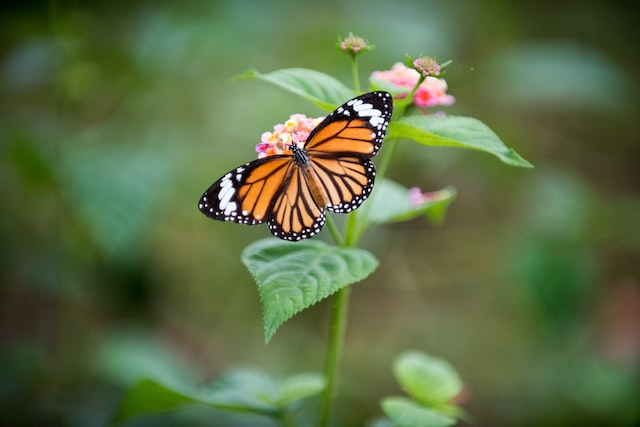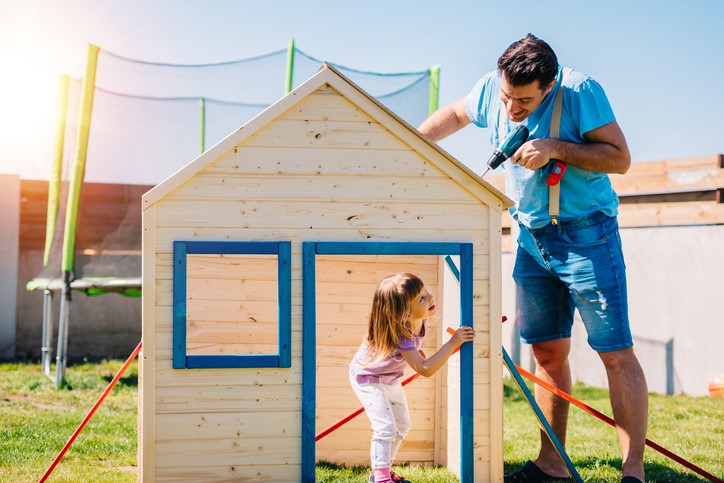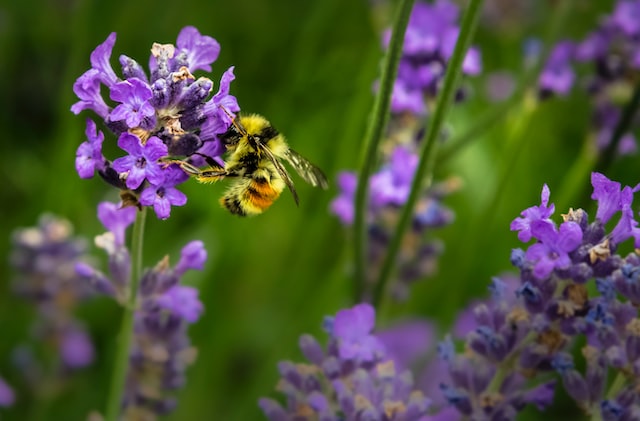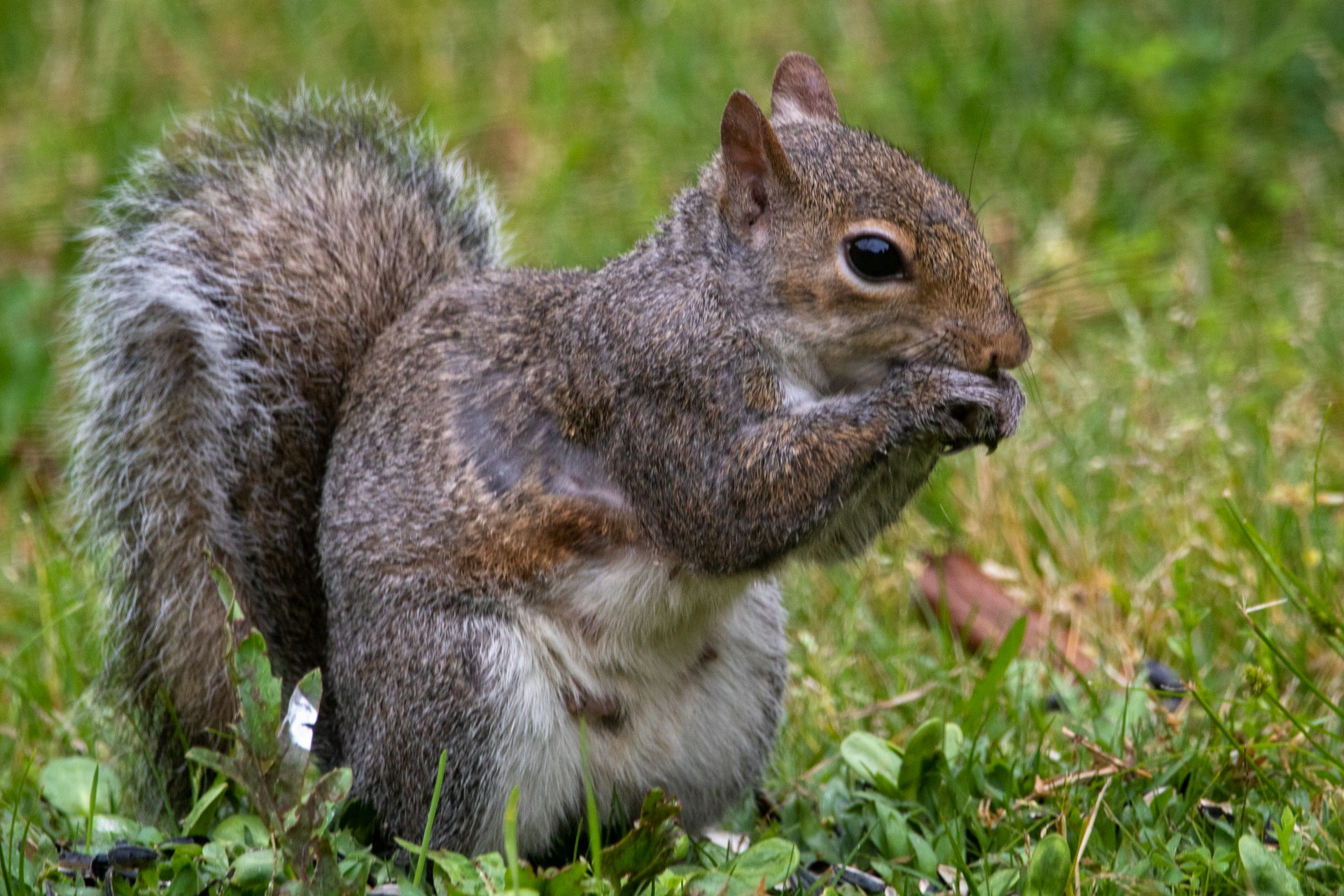You might love their fuzzy, striped bodies or get a bit nervous when they buzz by; either way, there’s no denying that honeybees are critical to our food chain.
Importance of Bee Conservancy
These tiny pollinators are responsible for facilitating the growth of crops that eventually end up in your cart in the grocery store. Well, before that could happen, a honeybee floated from one plant to another while gathering pollen for honey, and the result is that some of the pollen it was carrying was moved from one plant to another. This process, called pollination, is how plants produce fertilized seeds that grow into the food we eat.
Without the natural pollination process that bees provide, that cycle is disrupted, and along with it, our ability to secure food supplies.
Threats to Bees
Many ecologically imperative species are being negatively impacted by habitat destruction today, and bees are no exception. One of the biggest known causes of the decline in the honeybee population over recent decades is the human expansion and the resulting destruction of natural habitats. Creatures like bees have evolved to create hives in natural spaces where they are removed from threats and can exist healthily. Reducing that space diminishes the population due to a lack of suitable locations for hives and results in the death of bees from stress related to disruption of their natural habitats.
Aside from reducing physical space for their hives, honeybees are also facing several other external threats that are causing Colony Collapse Disorder (CCD). CCD results from an aberration in the expected behavior of bees that causes the worker bees to abandon a hive, leaving behind only the queen and a small number of nurse bees and all of their food. To give you an idea of how severe CCD is, it has resulted in a loss of 50-90% of bee colonies across the United States. The cause of CCD is not known, but there are several competing theories about the dominant contributing factor.
Pesticide poisoning in bees can cause immediate death or result in sickness and weakness in future generations that ultimately lead to a colony’s death. Commercial and industrial pesticides are both at fault here.
Varroa mites are tiny external parasites that live on honeybees and their larvae. A low-level infestation of varroa mites does not typically cause undue damage to a colony, but over 3-4 years, an infestation can increase to the level that it becomes detrimental.
The Israeli Acute Paralysis Virus is another potential contributor to the staggering decline in the number of honeybees worldwide. This virus is carried and transmitted by the varroa mite and causes paralysis and death of honeybees.
Nosema is another type of parasite that may be responsible for CCD. Nosemosis in honeybees leads to a lack of reproductive ability and reduced lifespan, which can lead to the collapse of entire colonies if the parasitic infestation becomes too widespread.
Consequences of Bees’ Extinction
Now that we know why bees are so important and their main threats, let’s talk about what would happen if all the bees died.
Pollination can happen in many ways. Wind and transference by other animals and insects are standard methods for pollination. Still, some plants like the bee orchid are exclusively pollinated by bees and would go extinct in their absence without human intervention.
Additionally, bees are part of a complex food web. Their extinction would impact many species, including exclusively bee-eater birds that would likely die off without their primary food source.
The impact on the human food supply would certainly be dramatic. Although it wouldn’t cause a famine-level reduction in crops, we would notice the lack of specific items. Crops grown for mass-produced food are largely still grain crops, mainly wind-pollinated. This means that our ability to grow crops like wheat, barley, rye, sorghum, and oats would be less impacted by bees’ absence. However, many fruits and veggies rely on pollination from bees to varying levels. Fruits like blueberries and cherries, for example, rely on honeybees for up to 90% of their pollination. The option for human intervention exists, but pollinating by hand is incredibly time-consuming and labor-intensive, making it an impractical long-term option.
The bottom line is that the absence of honeybees has far-reaching implications that will affect many species drastically, including humans.
Give Bees A Boost
Please don’t lose hope for the bees though, this tiny critter is doing its best to thrive and will find new ways to flourish with a bit of help from you. Here are a few simple things that you can do to help your friendly neighborhood honeybee get a leg up.
Plant a Bee Garden
What could be more adorable than a bee garden? These fuzzy insects are friendly and non-confrontational (don’t get them confused with their look-a-like, the wasp!). They’ll bop along in your garden, pollinating and dancing from plant to plant. Not interested in a flower or veggie garden? Not to worry, bees love a variety of plants, from trees, shrubs, and grasses to fruits and vegetables.
Landscaping plants. If you’re planting new trees in your yard or planning landscaping from scratch, here are some bee-friendly options:
- Birch trees
- Cherry trees
- Alder trees
- Maple trees
- Sumac
- Ninebark
- Elderberry
- Cotoneaster
- Lilac
Flowers. We all know bees love flowers, but some varieties are incredibly enticing to these hard-working pollinators. Check your local growing zone for what flowers will grow best in your area before planting.
- Bee balm
- Lilies
- Daffodils
- Purple coneflower
- Sunflowers
- Brown-Eyed Susans
- Larkspur
- Columbine
Fruits and Veggies. Almost anything that honeybees can pollinate flowers, here are some options that are particular favorites of many bees:
- Plum trees
- Apple trees
- Crabapple trees
- Peach trees
- Pear trees
- Blackberries
- Raspberries
- Blueberries
Go Chemical-Free
One of the other significant things you can do to help bees make their comeback is eliminating chemical pesticides. This isn’t to say that you can’t use pesticides altogether; many natural options will protect your plants without compromising your resident honeybees.
Become a Beekeeper
If you’re sold on how vital honeybees are and want to make even more of an impact than planting a bee-friendly garden, you can become a beekeeper! This is a hobby beloved by many people worldwide and might be easier to get into than you think.
First, most local colleges have a beekeeping course that you can take for a few days. This is an excellent resource for information and connecting you to local businesses and resources to help you along the way.
Regarding resources, check and see if you have a local beekeepers association. Joining a group like this will open up many avenues for you to start your journey to a happy and thriving bee colony.
Choosing Your Bees
Once you find out what bees thrive locally to you, your best bet is to order your first bees online. This is what most beginning beekeepers will do. Alternatively, if you know of a hive that’s close by to you and already have or are willing to get the necessary equipment right off the bat, you can collect your bees. This is not generally recommended for beginners, but having some experience around bees could be an option to get your colony started.
Beehives and Equipment
Your beekeeping supplies isn’t overly expensive individually, but the costs add up. Ordering a beehive online is around $150, and the equipment you’ll need after that to care for and handle your bees could range from $250-$650.
Here’s a list of what you’ll need to get your colony buzzing:
- Beekeepers suit
- Gloves
- Smoker
- Mini-crowbar
- Bee brush
- Storage bins for honey
Honey Harvesting and Honey Benefits
Once you’ve gotten your hive and nurtured it to the point that you have honey ready and waiting, it’s time! Harvesting honey isn’t complicated, but you should have some knowledge and education under your belt before attempting it on your own. There are lots of online resources out there to help you at this stage if you decide against taking a class locally. Shore up your honey harvesting knowledge, suit up, and get in there!
Once you have your first batch of honey, you get the fantastic experience of filtering and jarring your very own honey. Raw honey has many benefits, including being immunity-boosting, good for your gut health, antimicrobial and anti fungal, full of antioxidants, and helpful for soothing sore throats. So, tip your hat to your colony!
Other Ways You Can Help
If you’re looking for even more ways to help the honeybee population recover, think about hosting a fundraiser for bees. It’s a great way to raise money for local and global organizations to help them carry out critical work. (And, if you’re an entertainer at heart, we don’t need to tell you how many great bee-themed party ideas are just waiting for you) If you’re interested in partying to save the honeybees, there are resources available.
A quick Google search will lead you to your local beekeeper’s organization, and a donation goes a long way to helping these groups continue to facilitate colony health and growth in your area. Consider a charitable donation (you’ll feel good, and it’s a tax break, so win-win).
Honeybees are pretty low-key heroes. Hopefully, you’ve learned why they’re so important and are ready and raring to fight the good fight to keep these buzzing beauties healthy and thrive. And for that, you’re the bee’s knees.




